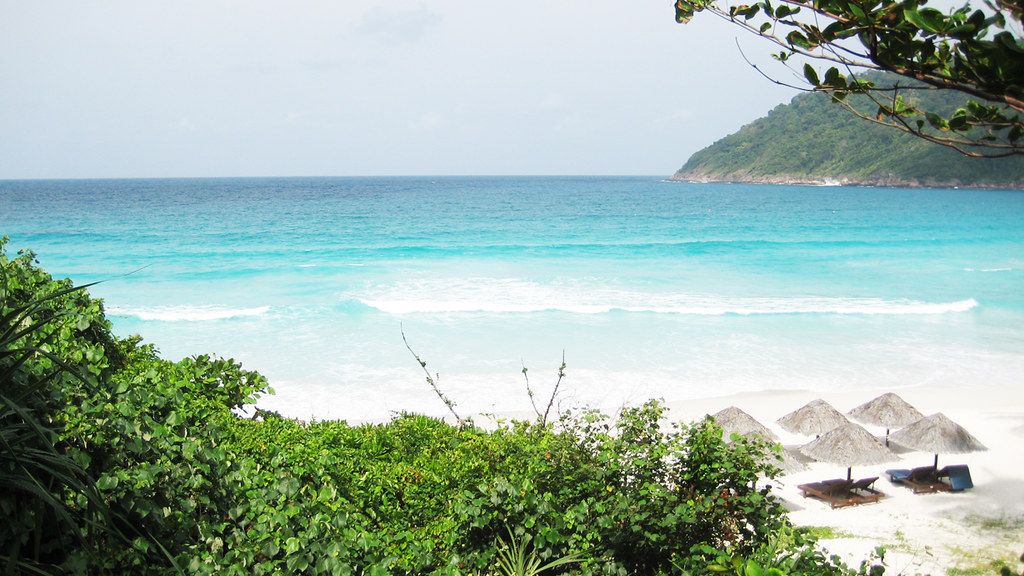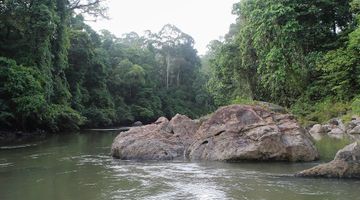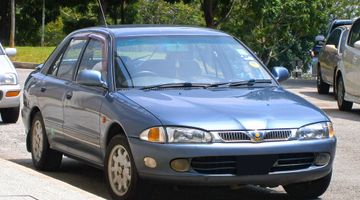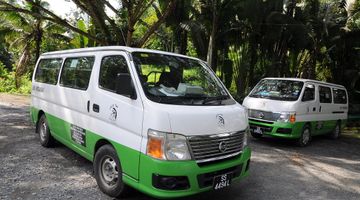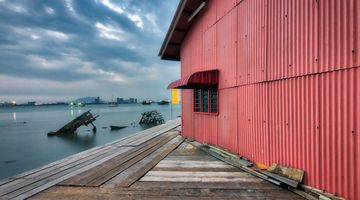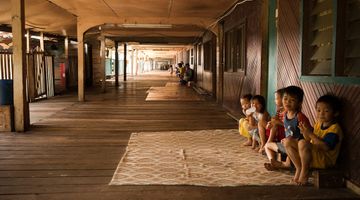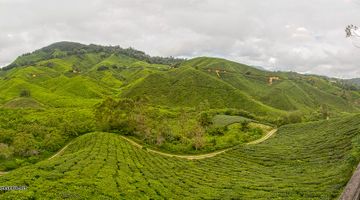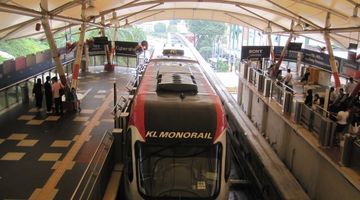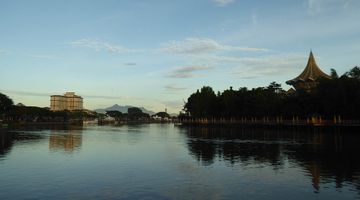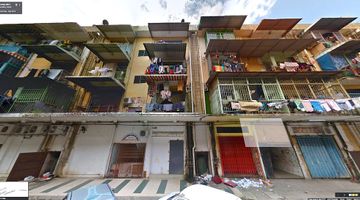Redang Island Malaysia – Essential Travel Guide
In a nutshell
Redang Island is an astoundingly beautiful island, adorned and embellished with natural wonders above and below the surface of the sea. The island is upmarket and is an ideal getaway spot for those looking for the perfect combination of exclusion and adventure.
Why go to Redang Island?
If you have seen pictures or heard the stories of those lucky enough to have gone, you will already have made some sort of plan to get there. With some of the most pristine beaches in the world, incredible corals just tens of meters away from the shoreline, palm trees, bubblegum coloured waves, and chances to dive into worlds so magical and colourful, there is really very little that the Redang Archipelago doesn’t have.
While there is no shortage of activities or natural wonders, many attend for the level of seclusion possible in some parts of the island. At the right time of the year, you may be among three or four people on the beach!
When to go to Redang Island
High season is from the months of March through to October. Prices go up and everything is busier. In the months of school vacation, the island is significantly more frantic - should you be able to avoid the chaos, do so. The temperature remains around 30 degrees Celsius in the summer months, while the winter monsoons between November and February should be avoided at all costs.
Things to do in Redang Island
The beach is primed and ready for all the relaxing that you have been waiting so long to do. Bring a book, more sunscreen that you think you may need, your sunglasses, and an extra sarong or two.
Hours spent on the beach can be well punctuated with wades into the water with your snorkel. Some coral formations are as little as fifty feet away and lie in wait, ready to remind you of the magic in the world. When you get tired, or get bored of little sea lice stings, you can go back to living moments under the sun. Rinse and Repeat.
Sporty couples, teens, or competitive siblings will have a good time either playing volleyball on the beach or going for a paddle on a kayak. Either option comes standard with an incredible backdrop.
There are several resorts and companies through which fantastic diving tours can be arranged. It is best to plan your dives in advance and work out what package with what company would be best for you. Of course, it goes without saying that the diving sites in and around Redang are exceptional.
The island also has a jungle that is home to monitor lizards and monkeys and other rugged adventurers. Once could easily spend a few hours getting entrenched in the luscious greens, discovering new beaches on the way.
Where to stay in Rdang Island
Lodging options on the island are significantly more upmarket. The nature of the target demographic is simply this way.
The cheapest of the options on the island is Teluk Kelong. They have dorms, glamping tents and rooms for rent. A night glamping costs MYR 80, but includes full board. The lodging has good local food and some decent attempts at western dishes. Teluk Kelong has a tangibly spirited feel to it and has Karaoke nights happening regularly.
High-end and luxurious lodging options of all styles and preferences are in abundant supply. The list is simply too long to get into here. However, the Taaras Beach and Spa Resort is a personal favourite. Very little stands between yourself, ultimate luxury, and unspoiled views and experiences of the surrounding beach and jungle. Rooms begin at around MYR 400.
Where to eat in Redang Island
The resorts on the island have a vast array of international, Asian and local cuisines on offer. It is worth noting however, that cheaper and possibly more delicious options of local dishes can be sourced outside the confines of your resort.
One of the better spots to get your fill of some local dishes is the Redang Laguna Food Court. The menu has the iconic Malay and Chinese favourites at very reasonable prices. They also have the best fish sausage keropak lekor on the island, and if you're bold enough, you can find yourself a big bowl of fish heads for you and your friends. The restaurant is only open for dinner and requires you book in advance.
In stark contrast with the surrounding resorts of Pasir Panjang, the Sandfly Café offers simple local dishes with some attempts at western ones too. The restaurant is astoundingly cheap for the going rate on the island and is a great spot for those on a budget - a good dish of fried rice will cost you as little as MYR 5.
Alcohol on the island is readily available, which is abnormal for Malaysia. However, the prices aren't as pleasant. Be prepared.
How to get to and from Redang Island
From Kuala Lumpur, you can catch a flight to Kuala Terengganu for under MYR 100 if you are lucky, if not, be prepared to shell out around MYR 130. There are several flights daily with operators like AirAisa, MalindoAir and MAS.
Alternatively, many bus liners run routes through to Kuala Terengganu from destinations all over the country. Getting in from Penang, Melaka, and even Singapore shouldn’t present any issue.
The main jetty in Merang that leaves for Redang is a good 30km north of Kuala Terengganu. Comfortable, large speed and ferry boats take around 40 minutes to reach Redang and are priced at MYR 40 one way.
In season (March to October), you can get ferries directly from Shahbandar Jetty in central Kuala Terengganu. The ferries take a little while longer, cost a little more, and are primarily intended for guests of the Berjaya resort. Seems it is better to head to Merang and keep things simple.
How to get around Redang Island
There isn’t really any getting around the island. The only roads that there are have no services on them to help you get around. There are also no taxi-boats available to take you to other beaches. Should you need to get anywhere, it will have to be on foot. Alternatively, you can hire a boat to take you where you need to go. But, these prices are not cheap and are by no means standardized.
Is Redang Island a safe place to visit?
Safety in Redang is a non-issue. There are minimal health risks and absolutely no incidences of crime. In reality, you ought to be more wary of the corals in the sea than the people on land.

